There is something called the structure-performance relation. If you want to optimize the performance of your product, you need to understand its structure and this is done by getting information on how it looks at the nanoscale, using scattering methods. Materials structured at the nanoscale are more common than you might think. Cosmetics and toiletries are part of our morning routine, we use pharmaceutical products, eat food that have palatable structures and consistency, we come across nanostructured inorganic materials such as ceramics and paints, just to mention a few. The nanoscale properties determine the macroscopic behavior – i.e. the performance – of these materials, such as the behavior that we observe while we for instance wash our hair or eat an ice-cream.
Characterizing the “nanoscale” of these materials, e.g. learning about the size and shape of the entities comprising them, is key in the process of understanding and tailoring their macroscopic properties. However, such characterization is not trivial, especially when the system under examination is complex, containing structures whose size spans different length scales.
The ability of scattering techniques to probe a wide range of length scales makes them particularly suitable to study nanoscale systems. However, understanding the capabilities and limitations of such techniques is of crucial importance to obtain meaningful results. It is too easy to make mistakes!

Download: CR_Whitepaper_scattering part1-3
Part 1. Introduction to the basics of scattering theory: the underlying principles of the scattering techniques and how they differ from complementary techniques such as microscopy.
Parts 2&3. Dynamic Light Scattering and Static Scattering: SLS, SAXS, SANS



